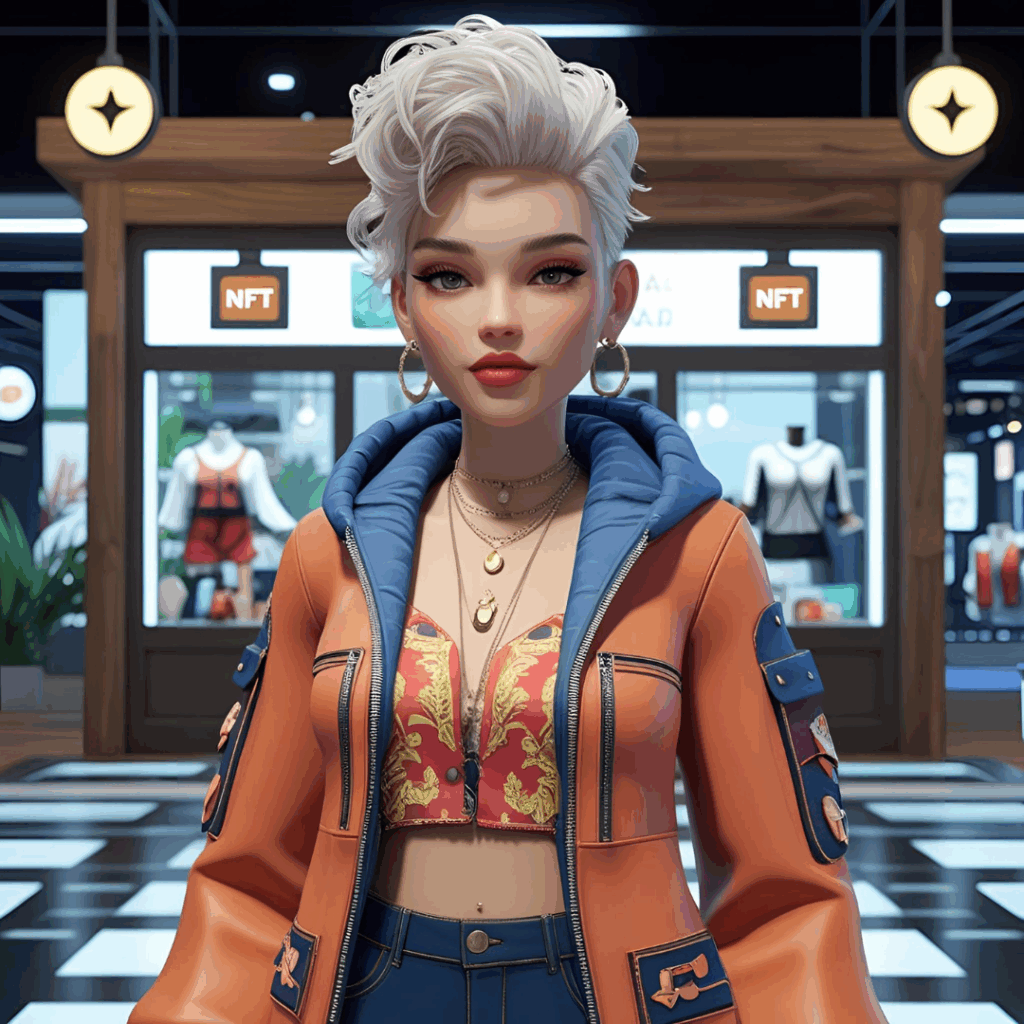As the digital world gains new layers of reality, digital fashion is no longer a futuristic niche—it’s a thriving, rapidly growing industry. Style expression is no longer limited to the physical world—avatars in games, immersive social networks, and augmented reality experiences now demand outfits that are creative, functional, and above all, personalized.
With the rise of the metaverse, various digital fashion platforms have emerged, offering tools to create, buy, sell, and even wear exclusive pieces in virtual environments. For digital stylists, beginner designers, creative nomads, and web3 enthusiasts, these platforms represent a creative and commercial revolution.
What Are Digital Fashion Platforms?
Digital fashion platforms are ecosystems where you can:
- Create digital garments from scratch using integrated software.
- Buy or sell items like clothing, accessories, and shoes for avatars.
- Apply AR filters or wear digital outfits in photos, videos, or games.
- Monetize your creations through direct sales, NFTs, or marketplaces.
Some platforms function like virtual boutiques, others as collaborative design studios. There are also those that integrate directly with metaverses or social networks, expanding the visibility and utility of your creations.

Comparison of Top Digital Fashion Platforms
1. DressX
- Overview: Focused on sustainability and digital style, DressX allows users to buy virtual clothes and apply them to photos and videos.
- Ease of Use: Very beginner-friendly—just upload an image and try on looks via AI or AR.
- Audience: Influencers, digital fashionistas, content creators.
- Highlights: Mobile app, AR filters, eco-conscious, big brand collaborations.
2. The Fabricant Studio
- Overview: A decentralized platform enabling co-creation of digital garments with blockchain ownership rights.
- Ease of Use: Requires basic 3D design or NFT knowledge, but offers tutorials.
- Audience: Fashion students, freelance designers, digital artists.
- Highlights: Full creative freedom, strong community, luxury brand projects.
3. Decentraland Wearables
- Overview: Within the Decentraland metaverse, users can buy or design avatar clothing as NFTs.
- Ease of Use: Intermediate to advanced—requires 3D modeling and blockchain skills.
- Audience: Crypto users, gamers, web3 developers.
- Highlights: Creative autonomy, crypto sales, real avatar usage.
4. Zepeto Studio
- Overview: One of the most popular metaverses among Gen Z, Zepeto lets users create fashion items and earn commissions.
- Ease of Use: Intuitive tools, beginner-friendly.
- Audience: Young creators, influencers, K-pop fans.
- Highlights: Global community, social features, viral potential.
5. Roblox UGC (User Generated Content)
- Overview: Creators can develop clothing and accessories for Roblox avatars and monetize via user purchases.
- Ease of Use: Intermediate—requires Roblox Studio proficiency.
- Audience: Teens, game developers, youth-focused brands.
- Highlights: Huge reach, culture of customization, big brand collabs.
Platform Comparison Table
| Platform | Skill Level | Clothing Creation | Item Sales | Avatar Integration | Ideal Audience |
|---|---|---|---|---|---|
| DressX | Beginner | Partial (photo edit) | Yes | Photos/AR | Influencers, stylists |
| The Fabricant | Intermediate | Yes | Yes | NFTs | Designers, digital artists |
| Decentraland | Advanced | Yes | Yes | In-metaverse avatars | Web3 users, gamers |
| Zepeto | Beginner | Yes | Yes | Zepeto avatars | Gen Z, social creators |
| Roblox | Intermediate | Yes | Yes | Roblox avatars | Teens, developers |
How to Choose the Best Platform
When choosing the right platform, consider:
- Your skill level: If you’re new to 3D design, start with DressX or Zepeto.
- Your goal: Want to create art? Earn money? Test out looks? Each platform offers something different.
- Integration: Prefer to use items in Roblox or Decentraland? Make sure the platform supports that.
- Monetization model: Some pay in crypto, others in fiat. Choose what fits your strategy.
Market Opportunities
- The digital fashion market is expected to surpass $50 billion by 2030.
- Major brands are investing in exclusive digital collections.
- There is growing demand for digital stylists and wearable developers.
- The merge between fashion and NFTs is creating new value and collectibility.

Tools to Create Digital Fashion
Outside these platforms, you can create your own designs using tools like:
- Clo3D or Marvelous Designer (realistic cloth simulation)
- Blender (free, powerful 3D modeling tool)
- Adobe Substance 3D (digital textures and materials)
Once done, you can export and upload your pieces to compatible platforms.
Sustainability & Digital Fashion
Digital fashion plays a key role in reducing the environmental impact of traditional fashion:
- No fabric or water waste.
- No shipping, packaging, or carbon emissions.
- Enables testing digital collections before physical production.







